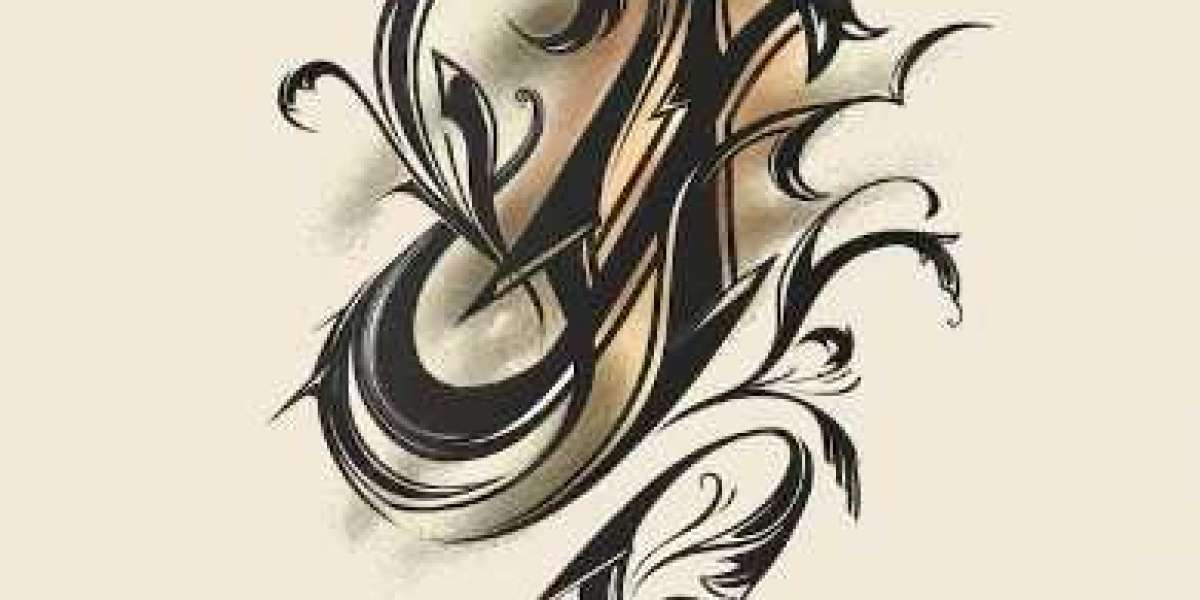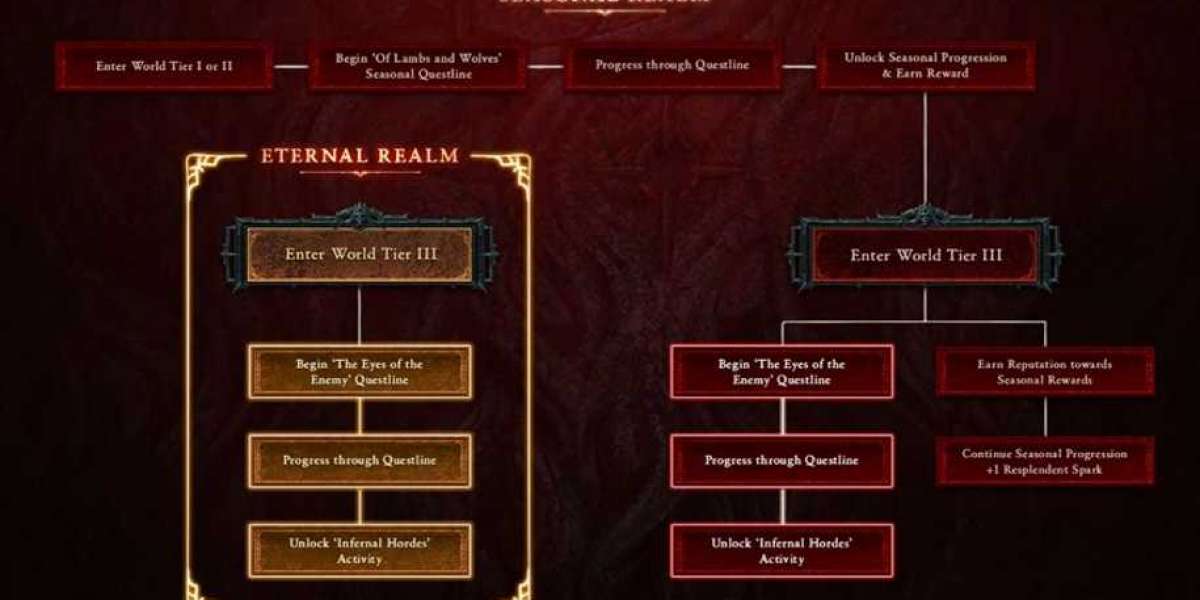Calligraphy, the art of beautiful writing, is a timeless form of expression that has captivated humanity for centuries. Derived from the Greek words "kallos" (beauty) and "graphe" (writing), calligraphy combines artistry with writing, producing a fusion of visual elegance and linguistic meaning. Although often associated with ancient times, calligraphy continues to thrive in contemporary culture, manifesting in everything from wedding invitations and logo designs to digital typography and graffiti.
In this blog, we will take an in-depth look at the origins of calligraphy, its various styles across cultures, and techniques to get started on your own calligraphic journey. Whether you're an art enthusiast, a history lover, or someone wanting to add a personal touch to your creative projects, the beauty of calligraphy will surely inspire you.
The Origins of Calligraphy: Tracing Ancient Roots
Calligraphie is one of the oldest art forms in human history, tracing its roots back thousands of years to the earliest civilizations. The birth of calligraphy is closely tied to the development of writing systems, with different cultures adopting and refining calligraphic practices as a way to communicate, record, and display their beliefs and values.
Ancient Egypt: The Egyptians used hieroglyphs, a script composed of symbols representing sounds and words, as a key element of their writing system. Scribes in ancient Egypt often used elaborate writing techniques to decorate tombs, temples, and monuments, creating a unique blend of art and communication that can be considered an early form of calligraphy.
Chinese Calligraphy: Perhaps the most ancient and influential form of calligraphy, Chinese calligraphy, or "Shufa," dates back to around 2000 BCE. Characterized by its graceful strokes and profound philosophical meaning, Chinese calligraphy is deeply intertwined with Chinese culture, where the form, flow, and execution of characters symbolize balance, harmony, and rhythm.
Islamic Calligraphy: Islamic calligraphy, known for its intricate geometric patterns and arabesque designs, is one of the most revered art forms in the Islamic world. Starting from the 7th century CE, Arabic calligraphy was used to transcribe the Quran, leading to its elevation as a sacred form of writing. The art of Islamic calligraphy developed into distinct styles, such as Kufic, Naskh, and Thuluth, often adorning mosques, manuscripts, and ceramics.
Western Calligraphy: In Europe, the evolution of calligraphy began with Latin script in ancient Rome. By the Middle Ages, monks and scribes in monasteries produced beautifully illuminated manuscripts, such as the Book of Kells, which exemplified the elegant and meticulous style of Western calligraphy. Over time, the introduction of the quill pen and parchment revolutionized the craft, and calligraphy found a place in religious, governmental, and scholarly documents.
Styles of Calligraphy Across Cultures
Calligraphy is a dynamic art form that varies widely across different cultures and time periods. Each style of calligraphy reflects the cultural values, artistic preferences, and available tools of its time, resulting in a wide spectrum of techniques and aesthetics. Here are some of the most prominent styles:
Chinese Calligraphy (Shufa)
- Five Major Styles: Chinese calligraphy has five major script styles, each with distinct features: Seal Script, Clerical Script, Regular Script, Running Script, and Grass Script. These styles evolved over time, with Seal Script being the oldest, characterized by its square and angular forms, while Grass Script is known for its swift, cursive strokes.
- Tools and Techniques: Traditional Chinese calligraphy uses four primary tools, known as the "Four Treasures of the Study": the brush, ink, paper, and inkstone. The soft, flexible brush allows for fluid movements, creating strokes that vary in thickness and intensity, depending on the pressure applied.
Arabic Calligraphy
- Kufic and Naskh Styles: Arabic calligraphy can be divided into several styles, with Kufic and Naskh being among the most well-known. Kufic is an angular, geometric style that is often used for architectural decoration and monumental inscriptions. Naskh, on the other hand, is a more flowing and cursive style, frequently used in manuscripts and everyday writing.
- Sacred and Aesthetic Purpose: Islamic calligraphy is considered a form of spiritual practice, as it is often used to transcribe the Quran. Beyond its religious significance, it has also developed into a decorative art, used to adorn mosques, palaces, textiles, and ceramics.
Western Calligraphy
- Uncial, Carolingian, and Gothic Scripts: Western calligraphy has undergone many transformations, from the rounded Uncial script of the early Christian era to the elegant Carolingian script, which emerged in the 8th century under Charlemagne’s rule. Gothic script, popular in the Middle Ages, is known for its sharp, angular lines and dense texture, making it ideal for elaborate religious manuscripts.
- Modern Calligraphy: In the modern era, the development of pointed pen calligraphy brought styles such as Copperplate and Spencerian to the forefront. These scripts, often associated with formal documents, are characterized by their delicate, looping strokes and high contrast between thick and thin lines.
Techniques and Tools for Aspiring Calligraphers
If you’re interested in learning calligraphy, it’s essential to familiarize yourself with the basic tools and techniques. While each style of calligraphy requires specific materials, many of the foundational principles are universal.
Tools
- Pens and Nibs: Depending on the style you’re pursuing, you may use a broad-edge pen for traditional Western calligraphy or a pointed nib pen for more modern scripts like Copperplate. Broad-edge pens allow you to create thick and thin strokes by varying the angle of the pen, while pointed nibs are more flexible and allow for fluid, dynamic lines.
- Brushes: For Chinese and Arabic calligraphy, the brush is the primary tool. Brushes are typically made from animal hair, and the softness of the brush allows for expressive strokes that vary in weight.
- Ink and Paper: High-quality ink is crucial for producing consistent lines. Many calligraphers use bottled ink for ease of use, though traditionalists may prepare their own ink by grinding an inkstick on an inkstone. Smooth, durable paper is also important, as rough or thin paper can cause ink to bleed.
Basic Techniques
- Grip and Posture: Proper grip and posture are fundamental to mastering calligraphy. Your hand should be relaxed, with the pen or brush held at a comfortable angle. Many calligraphers rest their forearms on the table to maintain steady control.
- Stroke Practice: The essence of calligraphy lies in mastering basic strokes. Practicing lines, curves, and letterforms repeatedly is key to developing muscle memory and precision. Start with simple strokes, such as vertical and horizontal lines, and gradually progress to more complex forms.
- Consistency and Spacing: Calligraphy is about creating harmony on the page. Achieving consistent stroke width and letter spacing is crucial for producing visually appealing text. Use guidelines or practice sheets to ensure uniformity as you practice.
Calligraphy in the Digital Age: A Fusion of Tradition and Technology
While calligraphy has ancient roots, it has adapted to modern technology, resulting in new forms of expression. Digital calligraphy, or typography, has become increasingly popular in design, branding, and advertising. Designers can now use graphic design software, such as Adobe Illustrator or Procreate, to create calligraphic works that blend traditional artistry with digital innovation.
Despite the rise of digital tools, many calligraphers continue to value the tactile experience of writing by hand. The imperfections and personal touch that come with hand-drawn calligraphy cannot be fully replicated by a computer, which is why the art form remains cherished in various creative fields.
Conclusion: The Timeless Beauty of Calligraphy
Calligraphy is more than just a way to write; it is an art form that conveys emotion, culture, and beauty. Whether you are drawn to the fluidity of Chinese calligraphy, the intricate designs of Arabic calligraphy, or the classic elegance of Western scripts, each style offers a unique way to engage with the written word. As you explore the world of calligraphy, you’ll find that it’s a meditative and rewarding practice that allows you to express yourself through the beauty of letters.
In an era dominated by digital communication, the resurgence of interest in calligraphy is a testament to the enduring allure of handwritten art. Whether you choose to practice calligraphy as a hobby or integrate it into your professional work, the journey will be one of creativity, patience, and elegance—just as it has been for centuries.



